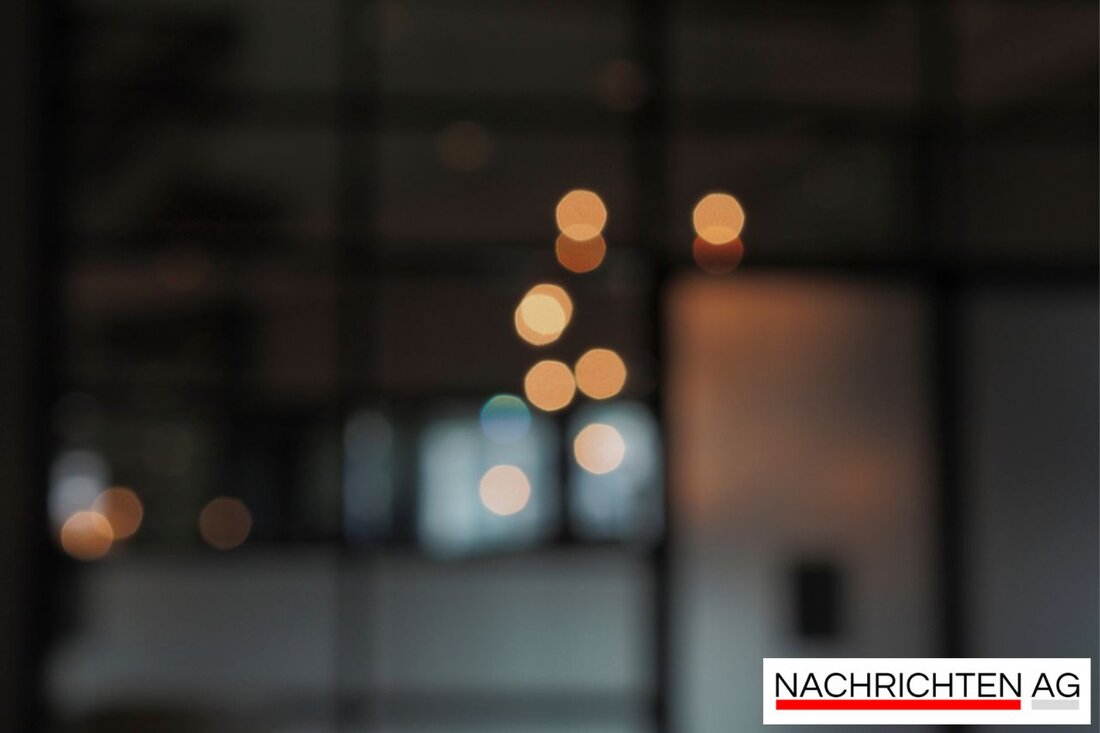Frankfurt's Rap: How hip-hop is revolutionizing youth language!
Discover the influence of Frankfurt rap on youth language and cultural identity, shaped by artists like arrest warrant.

Frankfurt's Rap: How hip-hop is revolutionizing youth language!
The German youth language is constantly changing and reflects the pulse of the times. This change is currently particularly evident through the influence of the Internet and pop culture. What many people don't realize is that Frankfurt plays a crucial role in this development. The city has established itself as a center for rap and therefore also for modern youth language. This is made clear not least by the extensive work of arrest warrant. The rapper, who shaped the language of youth with his hit “Chabos know who the Babo is” in 2012, brought terms such as “Chabo” (boy) and “Babo” (father/boss) to awareness, which are now even recorded in the dictionary. Loud Red Bull The language has been changed and expanded by artists such as arrest warrant, Ćelo & Abdï as well as new names such as Reezy, who integrate influences from different cultures and thus create a lively language mix.
The roots of rap's influence on the language go back to the 1990s, when hip hop became the largest subculture in Germany. In the heyday of Royal Bunker and Aggro Berlin, rapping was still done in Standard German, which subsequently changed. With new artists also came the diversity of languages and dialects used in the lyrics, such as Arabic, Russian and Turkish. This fits into a long tradition that shows how the German language has benefited from external influences for centuries. Peter Lang emphasizes that this development is not static, but a continuous process that is shaped by migration and change in society.
Influence of language on young people
Rap is not just music — it is a cultural mouthpiece for many young people. The texts often offer an insight into the living conditions of marginalized groups. The connection between music and social issues such as injustice and racism is obvious. After Languages create opportunities Many young people use the linguistic innovations from rap to tell their own stories. Rap thus becomes a medium for social commentary and identity development.
Young listeners can hardly avoid using the catchy terms and urban slangs in their everyday lives. At the same time, new language variants are created that are characterized by a mixture of different cultural elements. This linguistic diversity is not without controversy, as in conservative circles the use of foreign language terms is often viewed as problematic. But rappers like arrest warrant take the criticism with humor and create a counter-movement that ironically addresses these concerns in their lyrics.
Creativity versus language decay
As the studies and analyzes show, what many call language decline can also be seen as creative language development. Experimenting with new word creations and mixtures reflects the reality of life for many young people. The empirical part of the work mentioned is particularly concerned with the grammatical and lexical features of arrest warrant texts, which are impressive due to their large number of borrowings and hybrid formations. Peter Lang outlines how this linguistic freedom leads to new vocabulary also being incorporated into political discourses.
In a world in which linguistic and cultural boundaries are constantly shifting, rap offers a platform that not only has entertainment value, but also shapes the discourse about identity and belonging. Whether critics or supporters, one thing remains undisputed: the influence of modern rap on German youth language will continue to increase and offers an exciting perspective on the transformation of the language in the 21st century.

 Suche
Suche
 Mein Konto
Mein Konto